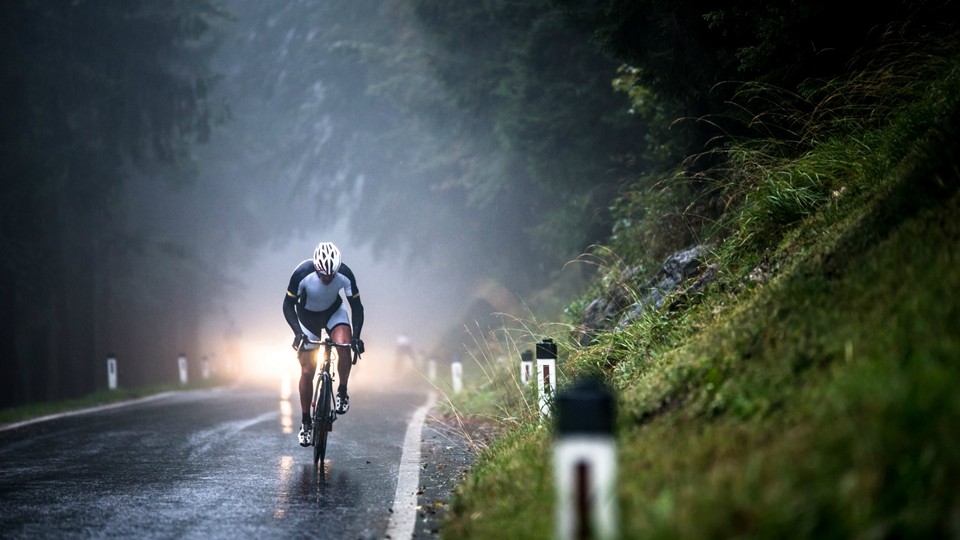Cycling is an exhilarating and environmentally friendly way to explore the great outdoors, stay fit, and even commute. Whether you’re a seasoned cyclist or just starting, safety should always be a top priority. Riding on the open road can present various challenges and potential hazards, but with the right precautions and knowledge, you can enjoy your outdoor cycling adventures while minimizing risks. In this article, we’ll explore essential tips and guidelines to help you stay safe when cycling outdoors.
- Wear the Right Gear
Your choice of cycling gear can significantly impact your safety. Always wear a well-fitted helmet that meets safety standards. Helmets can greatly reduce the risk of head injuries in case of a fall or collision. In addition to a helmet, consider wearing padded gloves to protect your hands and padded cycling shorts for added comfort during long rides. Bright and reflective clothing can also enhance your visibility to other road users, especially in low-light conditions.
- Inspect Your Bicycle
Regular maintenance of your bicycle is crucial for safety. Before each ride, perform a quick inspection:
- Check your tire pressure and ensure they are properly inflated.
- Examine your brakes to ensure they are in good working order.
- Inspect the chain and gears for any signs of wear or damage.
- Verify that your lights and reflectors are functioning correctly, especially if you plan to ride in low-light conditions.
- Plan Your Route
Choose your cycling routes carefully. Look for bike lanes, dedicated bike paths, or roads with wider shoulders to provide more space between you and motorized vehicles. Familiarize yourself with the route, including any potential hazards such as steep hills, busy intersections, or construction zones.
- Follow Traffic Rules
Cyclists are considered vehicles on the road, and as such, you must obey traffic laws and signals. This includes stopping at stop signs, yielding to pedestrians, and signaling your turns. Always ride in the same direction as traffic, and use hand signals to indicate your intentions. Avoid riding on sidewalks, as this can be dangerous for pedestrians.
- Be Visible
Make yourself as visible as possible to other road users:
- Use front and rear lights, even during daylight hours, to increase visibility.
- Wear reflective clothing and accessories, such as a reflective vest or ankle straps.
- Install reflectors on your bicycle, including on the pedals and spokes.
- Make eye contact with drivers when possible to ensure they are aware of your presence.
- Stay Alert
Maintain a high level of situational awareness when cycling outdoors. Avoid distractions, such as using your phone or listening to music through headphones, as these can impair your ability to react to potential dangers. Keep an eye on the road ahead and regularly check your mirrors for approaching vehicles.
- Use Proper Hand Signals
Hand signals are essential for communicating your intentions to other road users:
- Left turn: Extend your left arm straight out.
- Right turn: Extend your left arm out with your forearm bent upward at a 90-degree angle.
- Stop or slow down: Extend your left arm out with your palm facing downward.
Clear and consistent hand signals help drivers and other cyclists understand your actions, reducing the risk of accidents.
- Be Prepared for Weather Conditions
Weather can change rapidly, so be prepared for various conditions. In rainy or foggy weather, ensure your lights and reflectors are working and wear appropriate clothing, like a waterproof jacket. In extreme heat, stay hydrated and wear sun protection, such as sunscreen and a wide-brimmed hat. In colder weather, layer your clothing to stay warm and consider wearing thermal gloves and a head covering.
Outdoor cycling offers numerous benefits, but safety should always be a top priority. By following these guidelines and adopting a proactive approach to your cycling adventures, you can reduce the risks associated with riding on the open road. Remember to wear the right gear, maintain your bicycle, plan your route carefully, follow traffic rules, be visible and alert, use proper hand signals, and be prepared for changing weather conditions. With these precautions in mind, you can enjoy the thrill of outdoor cycling while keeping yourself safe.









